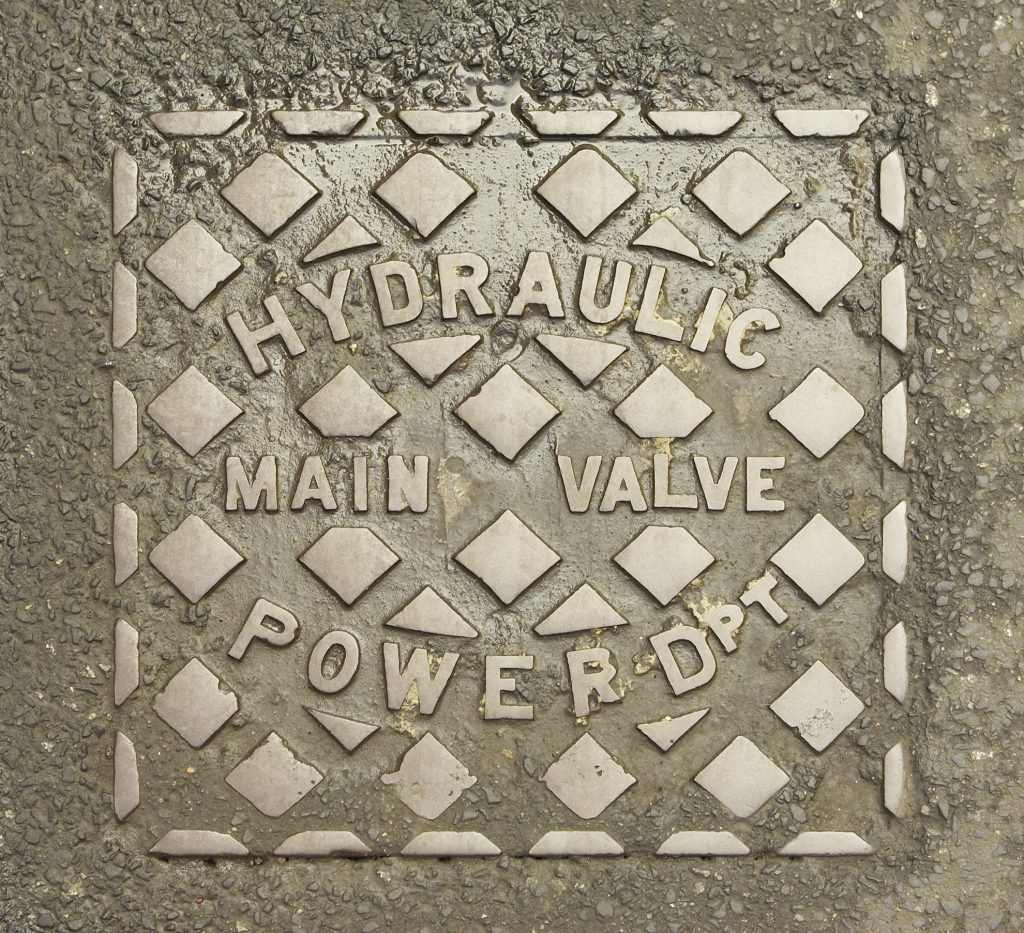Summary
This pit lid cover is one of four in the collection extracted from city streets for a 2008 City Gallery exhibition titled, ‘UP’. All four were part of a hydraulic system installed in Melbourne in the late 19th century to power lifts, or elevators.
This one was located on Little Bourke Street outside of Niagara Lane.
A land boom in Melbourne in the 1880s saw the price of land raise rapidly. Eager to maximise rentable floor space, owners looked to create taller buildings but were thwarted by conventional staircases that limited buildings to four stories out of practicality. In 1887, a centralised pumping station was built in the Melbourne Docklands and a network of eleven kilometres of pipes constructed to power hydraulic lifts. Melbourne was one of only eight cities in the world to have a public hydraulic power system. By mid-1890, 250 hydraulic lifts were connected to the system, including those in Parliament House and the Australia Buildings. Iron pit covers like these gave access to hydraulic supply points in lanes and rights-of-way all through the city. The City of Melbourne ran the hydraulic power supply from 1925 until operations ceased in 1967.
These three pit lid covers survived simply because there was no need to remove them. They had become part of the archaeology of the street.
Also linked to the pit lid covers in the City Collection is a document, City of Melbourne Hydraulic Power Department Daily Log Sheets, a wholly technical record of the operational performance and pressure of the hydraulic power station over the course of September 1949.
